This Monday’s Lagniappe episode continues to explore “learning loss” through an Education Week article by Mark Lieberman in which he cites instances of all the wraparound services provided, often as mandates without funding. He writes, “All the while, we’re asking schools to accomplish more than what their funding allows and their employees to do far more than they’ve been trained to do. And we’ve been doing it for a long time.”
Truer words have never been spoken.
How do we advocate for ourselves, our students and our schools in order to get what we need so that we, as educators can concentrate on teaching and learning? How do we look for more sensible ways to check for understanding (read: less time and money intensive) so that we can concentrate on teaching and learning? How do we ensure that students get “wraparound services” through appropriate channels so that we can concentrate on teaching and learning?
Beyond Buying Breakfast Bars
I am only just beginning my research on “learning gaps” as a societal problem rather than an educational one, and I look forward to your accompanying me on this journey. At this stage, I know that activism (advocacy + action) as well as community and industry partnerships need to be a part of the equation.Vote. Vote every time the polls open. The smaller the election, the better your chances are that the candidates have something to do with your community directly. That’s activism and it’s easy. If you’re feeling fancy, run for school board.
Let’s Do More Than #Clear the Lists
Go beyond #clearthelists. We support each other while buying supplies for our own classrooms. We ask and offer each other for favors and help. That’s community, but let’s tap into our local communities. Make parents a welcome part of campus life (once COVID is under control). Ask them to donate a dollar, a book, a bag of treats. Have them help with hall and carline monitoring. Parents are not the enemy and strong parental involvement is one metric that positively impacts student outcomes. Here are some examples of strong community programs. Build relationships with business owners. As it turns out, I’m late to the game, being aware of college industry partnerships but not K-12 partnerships. Here’s a start, with worksheets and resources you can adapt to help you get set up.
I will never let a student go hungry, and I do not know a teacher who would, even to support the longterm goal of not “propping up the system”. And yet, I am sure that schools are being asked to do too much.
